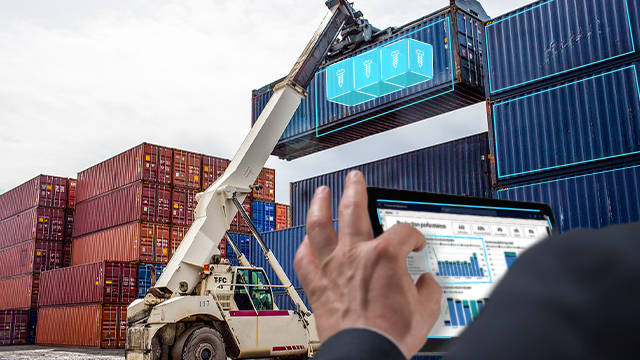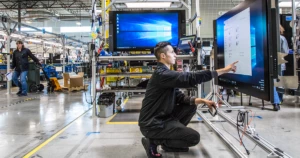
Meet your next black swan with agility
Characterized as a rare, “black swan” event, we are facing unprecedented disruption globally, and across all industries and markets. For now, businesses in the manufacturing sector are assessing and refocusing around a few key objectives to manage through the crisis:
- Safety, health, and immediate care of workforce.
- Assessment of impact to infrastructure, community, and business.
- Responding to mitigate these threats.
- Developing a path forward.
One thing that many, if not most, industry leaders agree on is that we can expect these unpredictable, infrequent occurrences to become predictably more frequent. As the immediate impacts of the current situation are addressed and manufacturers begin to focus on recovery, how do we learn from the experience and build agility into our business and value-chain to enable resiliency for the inevitable next disruption, whether large or small?
We’re introducing a series of blog posts and podcasts to focus on managing and leading through disruption. We’ll cover topics relating to the path forward including the ideas of resilience, visibility, response ability, and recovery.
Now, for our first discussion, we turn to the topic of agility: What can we do now to restore connections with our people while we manage our impacted operations? We’ll look at ways to be more proactive and less reactive to whatever comes next.
One major key is supply-chain visibility. Whereas full understanding of all the moving pieces in your supply chain might have once been viewed as optional, now it’s table stakes. You need to be able to visualize, in real time, the entire interconnected scope of your supply chain and all the disparate data that’s coming in, from both internal systems and supply chain partners. It’s impossible to understand the problems and see where the challenges are if you can’t get that control-tower level of visualization of where all the moving pieces are, including outsourcing and offshoring.
It’s far more complicated to achieve than it used to be, but it’s a necessary investment. Once you have that full visibility, you can start getting strong insights, and those insights let you move ahead to prediction. When you can predict what happens in you supply chain before it happens, you’re ahead of the game and can take proactive action.
For example, one furniture manufacturer using big data and Azure was able to gain insights into part of its supply chain as orders rose unexpectedly. They got out ahead of the changes, and knew to order enough screws to fulfill orders while their competitors ran out. This doesn’t mean there was no disruption, but that visibility helped mitigate it and keep them a step ahead. Now, they’re taking this pause moment to look at intelligent factory.
Flexible manufacturing and intelligent factory are two other key elements to look at. Microfactories, which hold the potential for more geographic flexibility, are expanding around the world. That smaller footprint and the introduction of intelligence throughout the supply chain can create agility and resilience. Another use case that’s becoming a huge part of the supply chain is remote assist – we’re seeing it explode in real time. This is a key component of the supply chain, either at the beginning with engineering or at the very end, with production. This includes HoloLens and other hardware, as well as the software that supports it. Finally, remote sales is a trend that has been accelerated by the current environment that we expect to continue growing. This is also tightly coupled to supply-chain visibility and agility: For sellers to be able to deliver on their promises to customers will require a supply chain that can go up and down with spikes and dips in demand.
What has this current crisis taught you about the degree of agility in your supply chain? Were you able to flex up or down quickly and respond to dramatic swings? Or did you, like the majority of manufacturers today, find room for improvement? In past crises, like the dot-com bubble and the 2008 financial crisis, companies came out the other side battered, with no improvement to their agility. In this series, we’d like to help you think through what you can learn now to put you on stronger, more agile footing when – not if – the next black swan appears.




